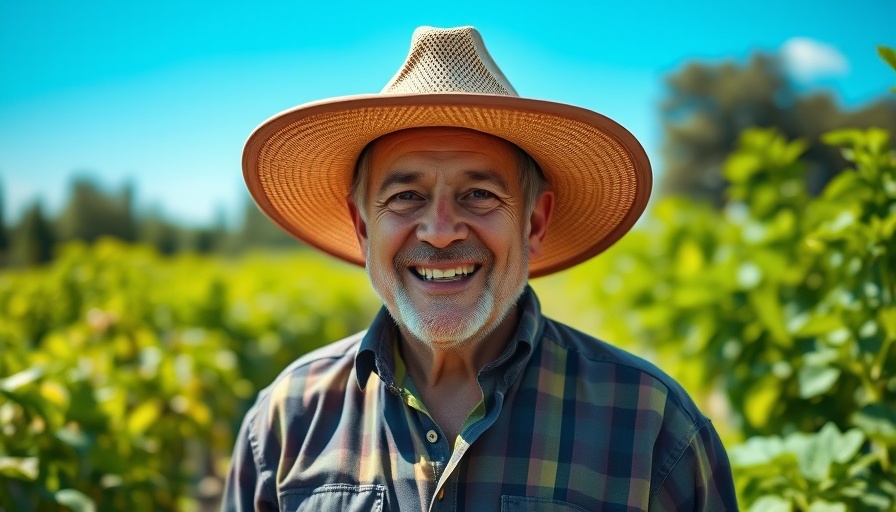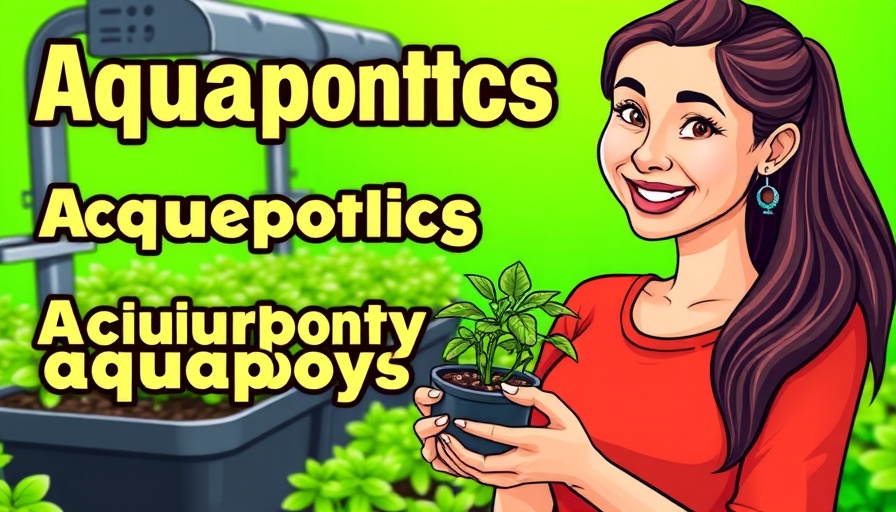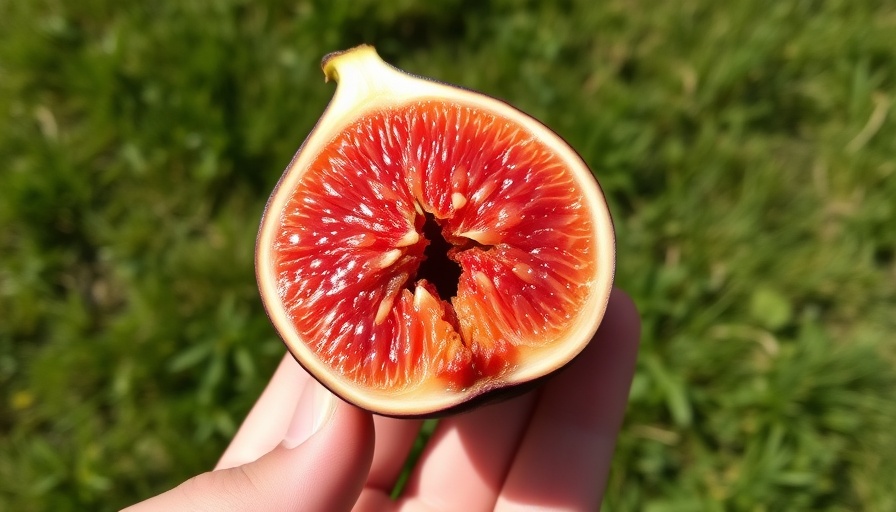
Fall Seed Starting: Why It’s Easier Than You Think
The shift from summer to fall brings a unique opportunity for gardeners to expand their green horizons. While many might associate gardening primarily with springtime blooms and growth, fall seed starting offers a refreshing alternative that's not only easier but also more rewarding. Unlike spring where we combat the chill to germinate warmer vegetables, during fall we find ourselves managing the heat, making it vital to understand some key tips for success.
In 'Fall Seed Starting MISTAKES TO AVOID!', the video explores key insights into successful gardening practices for the autumn season, driving us to analyze and expand on these strategies.
Understanding Soil Temperature: The Key Difference
One of the biggest factors influencing your fall garden is soil temperature. During spring, we use heat mats to elevate soil warmth for the likes of tomatoes and peppers. But when working with cool-season vegetables such as broccoli, cabbage, and lettuce in fall, soil temperature becomes less of a concern—in fact, too much heat can hinder germination! Typically, a comfy indoor temperature range of 70 to 75°F will suffice to get those seeds sprouting without the need for any additional heat sources.
Go Humble with Transplants: Why Less is More
When it comes to planting cool-season veggies, the approach to transplants is crucial. Starting seeds indoors in small containers provides flexibility and promotes healthier plants overall. Remember, a little root ball goes a long way! It's advisable to avoid larger pots as transplanting from these can result in significant shock due to size differences. Smaller root balls adapt quicker to new soil, ensuring that your plants thrive right from the get-go.
The Importance of Lighting: Don’t Skimp on the Essentials
While growing seeds indoors, lighting is vital to prevent spindly, weak plants. If you lack grow lights, consider placing your seed trays in naturally shaded areas that receive indirect sunlight—placing them under porches or covered outdoor areas can work wonders. Having adequate light can minimize the need for intensive monitoring while promoting robust growth.
The Varietal Advantage of Growing Your Own
One of the most invigorating aspects of growing your own veggie transplants for the fall is the selection of unique varieties. The chance to cultivate specific types of cabbage, broccoli, and cauliflower that may not be available in local stores can enhance your garden's diversity. Plus, you’ll gain hands-on experience that teaches you about what truly thrives in your environment, leading to a healthier, more fulfilling garden experience.
Final Thoughts: Get Your Hands Dirty This Fall!
Cultivating a fall garden can feel like an inviting challenge rather than a daunting task. By paying attention to soil temperatures, welcoming transplants with open arms, ensuring proper lighting, and embracing unique varietals, you can create a flourishing fall garden that promises fresh vegetables into the colder months. Remember, the journey into gardening is as rewarding as the harvest itself. So why not give yourself the gift of fresh produce this autumn? Happy gardening!
 Add Row
Add Row  Add
Add 




Write A Comment